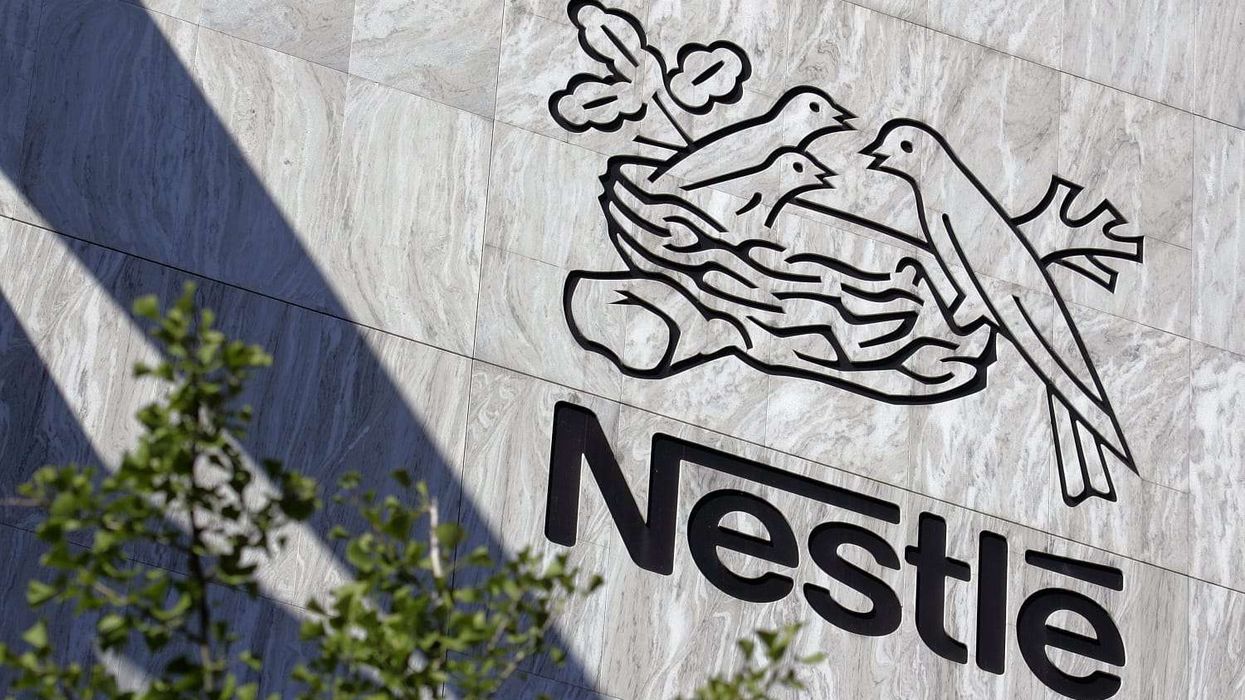by AMIT ROY
THE chairman of the British Medical Association (BMA) council, Dr Chaand Nagpaul, has said the death toll among Asians from coronavirus is “disproportionately high” and urged the government to launch a “targeted and culturally sensitive” campaign to try and reverse the trend.
Dr Nagpaul acknowledged that hard statistics are not yet available “but from anecdotal evidence, deaths among Asians has been high”.
He spends most of the week in his role as chairman of the BMA council, after taking over from Mark Porter in 2017.
“The BMA council represents doctors across the UK working in all specialties,” he said.
Dr Nagpaul, who works as a GP for two days a week at his surgery in Harrow, north London, set out his preliminary analysis of coronavirus-related mortality rates among Asians.
“What really upsets me is we are getting notifications every day of deaths from Northwick Park Hospital (in Harrow) – and I would say almost all of them are Asian families or individuals. It is the
hospital with the highest number of Covid-19 cases. It has been the hub for all the coronavirus cases. If you look up Covid-19 cases in London, Brent and Harrow are among the largest.
“In our own practice we had one case recently where the mother and the son both died. They were Gujarati families. It’s tragic. The son was around 60, the mother about 80-odd.”
Dr Nagpaul feels that the government’s warnings on social distancing, for example, are not getting through to a section of the Asian population, especially older, more vulnerable people who might not understand what is being said in English.
“Messaging is not being put out in a way that can be understood,” he said. “At the moment the message is coarse – it is put out for those who speak English and is not particularly culturally sensitive.”
He shares the frustration of those who say the government has either overlooked or ignored the Asian community.
“The messaging is not multilingual – it needs to be tailored according to the area. I am in northwest London with a large Asian community, and we need to have culturally tailored messaging through community organisations, for example.
“I am not sure that is happening in the way it should.”
Some traditional strengths of the Asian community – such as large extended families – are now proving to be a double-edged weapon.
“I know of three brothers living in (separate houses in) the same road. Can I be sure they are not visiting each other? If one person in the family is going to work, and that person makes contact with others, if he is infected, then another household is three doors away, and that is how the virus spreads.
“Is that really being understood?
“The other thing is that we have extended families – grandparents staying in the same house as their children and grandchildren. The adults may be out to work or business, they may be mixing with others, and there is more chance of bringing infection back home.
“So it is really important that we understand there is higher risk among Asians in those categories than the average population. There needs to be much more targeted information about the importance of shielding Asians with the highest risks.”
Dr Nagpaul also addressed underlying health issues. “We know the Asian community has a higher prevalence of type 2 diabetes, higher prevalence of renal disease, heart disease – that’s established
fact. Those are risk factors, considered underlying conditions.
“If you do get the virus, there is a greater chance of complications and ill health and that applies to flu and to coronavirus.
When they [patients] do go into hospital, the ability to fight the infection and the likelihood of it becoming more serious and risking death is greater if you have those underlying conditions.”
As BMA council chairman, Dr Nagpaul has pressed the government to make personal protection equipment available to doctors and others working in healthcare “now rather than at the end of the month”.
He emphasised: “This is a highly contagious virus. That is why people are asked to stay two metres apart. Forget two metres – doctors are working within inches of a patient when they are examining them. It is really important the healthcare professional is properly protected from getting infected. At the moment, the provision of that protective equipment has not been adequate. GP surgeries have not been sent eye protection since the virus can be absorbed through the mucus membrane of the eyes.
“We hear statistics about millions of stock being delivered to hospitals, but those are statistics. They mean nothing if when you get to the frontline, they are just not there.”











